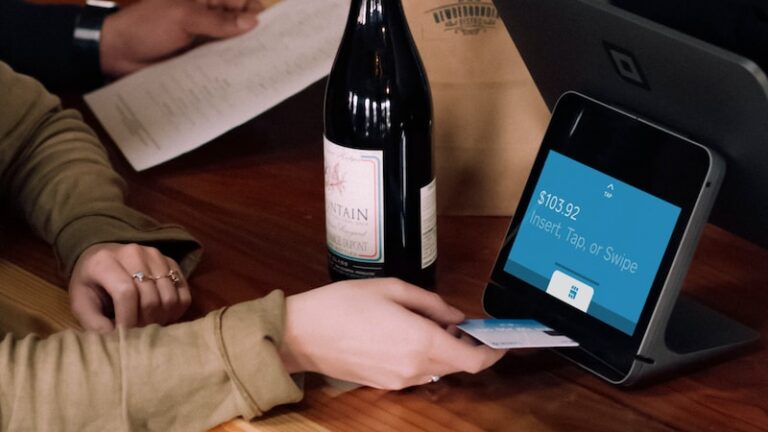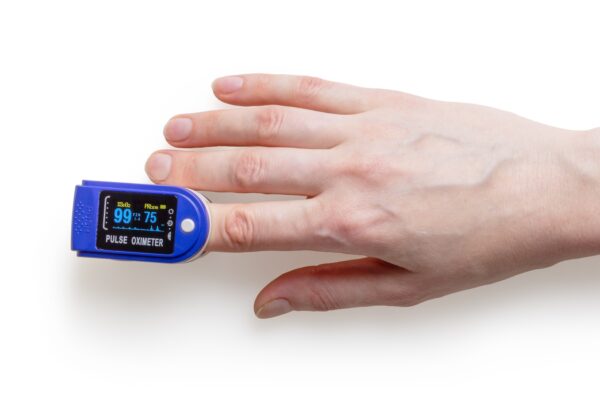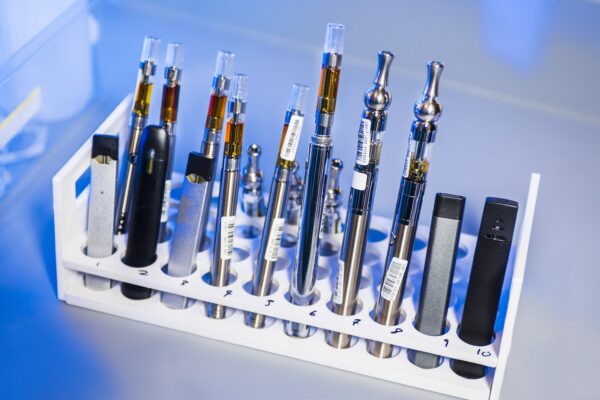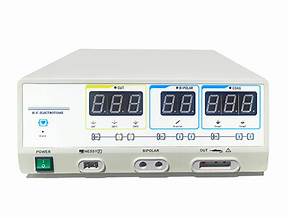Introducing the game-changer in responsible drinking! Discover the cutting-edge alcohol tester with an innovative built-in display.
 Image courtesy of Savvas Stavrinos via Pexels
Image courtesy of Savvas Stavrinos via Pexels
Table of Contents
In the world of responsible drinking, technology has now made it easier than ever to monitor alcohol consumption. One of the most crucial tools in this endeavor is the alcohol tester, a device designed to measure the blood alcohol concentration (BAC) of individuals. While alcohol testers have been around for quite some time, recent advancements have introduced a game-changing addition – a display feature. In this curated article, we will take a closer look at the evolution of alcohol testers and explore the benefits and potential of the newly introduced display feature.
The Basics of Alcohol Testers
Before delving into the exciting world of display-enabled alcohol testers, let’s start with the basics. An alcohol tester, also known as a breathalyzer, is a portable device designed to measure the alcohol content in a person’s breath. Its primary purpose is to assist in preventing drunk driving and promote responsible alcohol consumption.
In the market, various types of breathalyzers are available. These range from basic disposable testers to more advanced models with additional features. Traditionally, breathalyzer operated without a display, requiring individuals to interpret the results solely based on audio indicators or visual clues such as LED lights.
Introducing Display-Enabled Alcohol Testers
The incorporation of a display feature in modern breathalyzer is a groundbreaking advancement in the field. This addition allows users to receive real-time, accurate results directly on the device. Gone are the days of deciphering audio or visual cues; with display-enabled alcohol testers, obtaining precise BAC measurements has become effortless.
The displays used in alcohol testers come in various forms. Some testers feature LCD screens, where the results are easily readable, providing a clear numerical value for the BAC. Others utilize LED indicators, indicating different levels of intoxication through color changes. Regardless of the display type, the newfound clarity assists users in understanding their alcohol levels more effectively.
Enhanced User Experience
The addition of displays in alcohol testers significantly enhances the overall user experience. The incorporation of a visual interface provides intuitive instructions, guiding individuals through the process of using the tester correctly. Clear and concise prompts ensure that users feel confident in operating the device and obtaining accurate results.
Moreover, the visual cues provided by displays aid users in comprehending the obtained BAC measurements. With a numerical value displayed in real-time, individuals can easily identify whether their alcohol levels are within the legal limits or require further caution. This visual feedback empowers users to make informed decisions about their state of sobriety and to act responsibly.
Increased Accuracy and Reliability
Display-enabled alcohol testers offer significant advantages in terms of accuracy and reliability. Unlike their predecessors, these testers minimize potential errors and subjective interpretations. Users can rely on the numerical values displayed on the device to gauge their BAC levels with confidence.
By providing precise measurements, displays enable individuals to estimate their sobriety levels more effectively. This feature enhances safety by promoting responsible drinking habits, as users can gauge when it is safe to drive or operate machinery without jeopardizing their own well-being or that of others.
Additionally, displays often include calibration reminders, ensuring that alcohol testers remain accurate and reliable over time. This feature is especially valuable for individuals who rely on their testers frequently or within professional settings.
Advancements and Future Prospects
The introduction of display-enabled breathalyzers is just the beginning of an exciting journey in alcohol testing technology. Research and development in this field are ongoing, with constant innovations being made to improve user experience and accuracy.
Looking into the future, we can expect advancements such as color displays with touch-screen capabilities, making alcohol testers even more intuitive and user-friendly. Furthermore, possible integration with smartphone apps could offer enhanced connectivity and additional features, allowing users to track their alcohol consumption over time and gain valuable insights into their drinking habits.
Personalization may also play a significant role in the future of alcohol testers. Customizable displays could enable users to tailor their tester’s interface according to their preferences and specific requirements. Such personalization would further enhance the user experience and encourage more individuals to adopt responsible drinking habits.
Closing Thoughts
With the advancements in breathalyzer technology, the integration of displays has revolutionized the way individuals monitor their alcohol consumption. The introduction of real-time, accurate results through displays has made it easier than ever to gauge sobriety levels, promoting responsible drinking and preventing potential harm.
Considering the benefits and potential of display-enabled alcohol testers, investing in one of these devices can provide an extra layer of safety and peace of mind. As we raise our glasses, let’s also raise our standards for responsible and informed drinking. Cheers to a sober ride!





